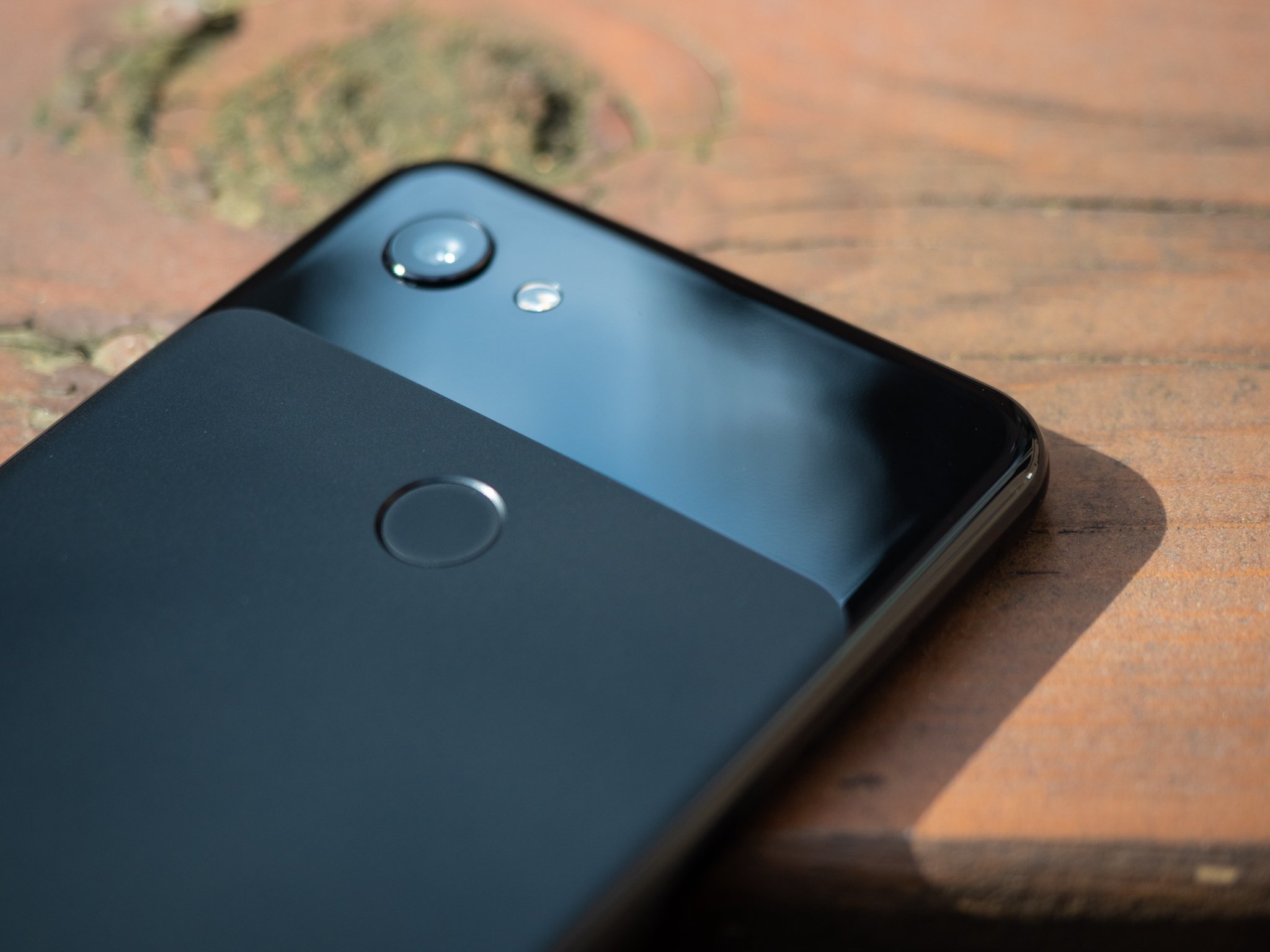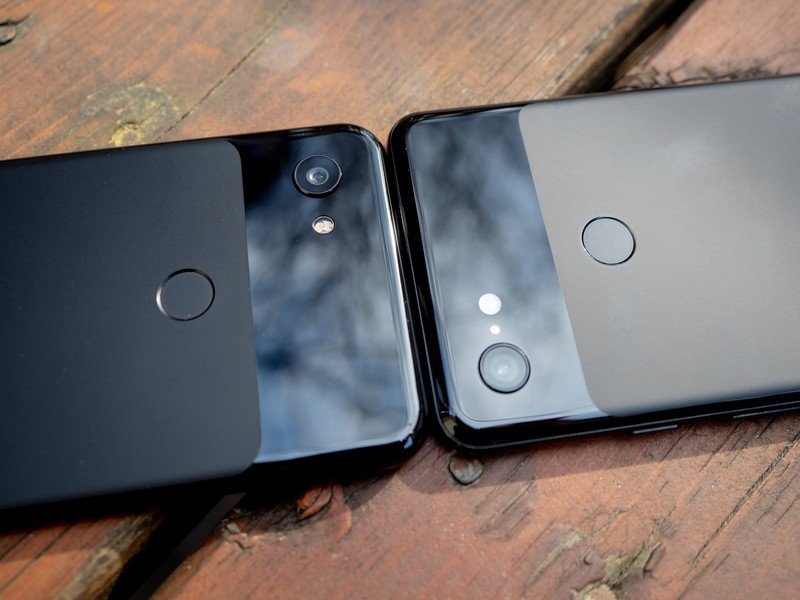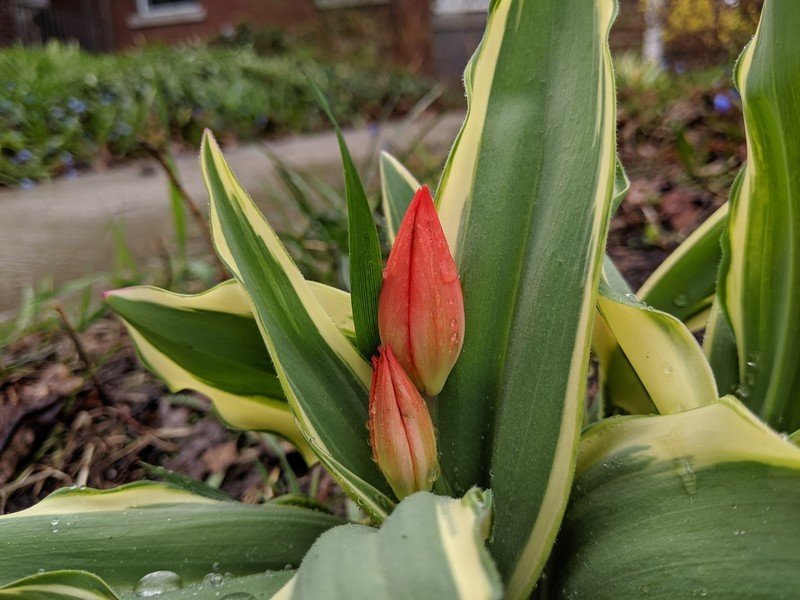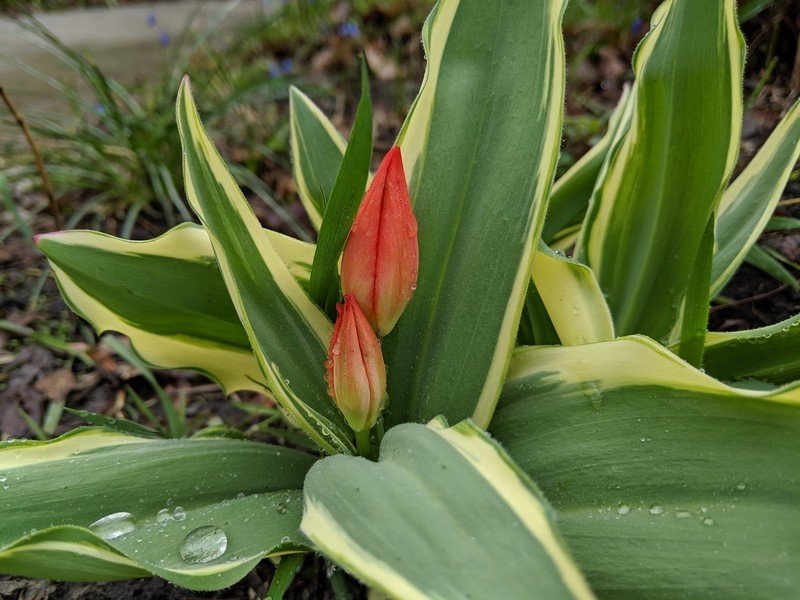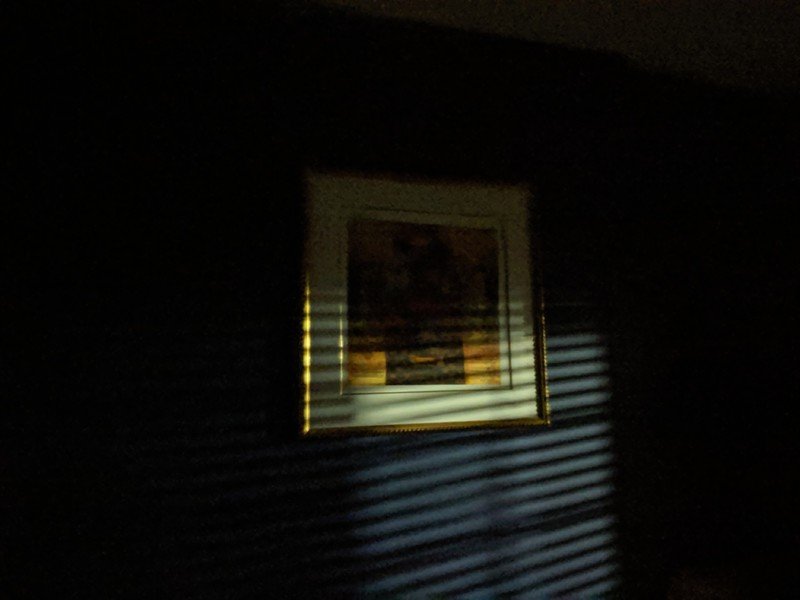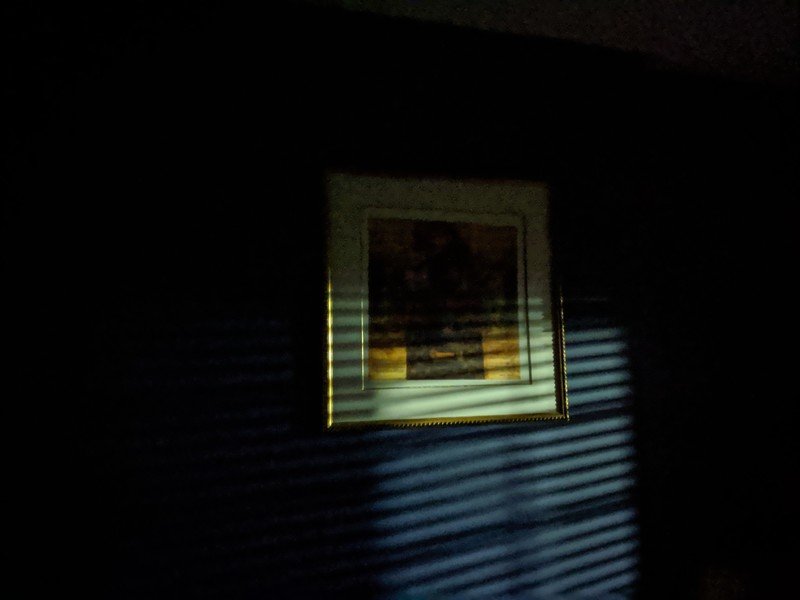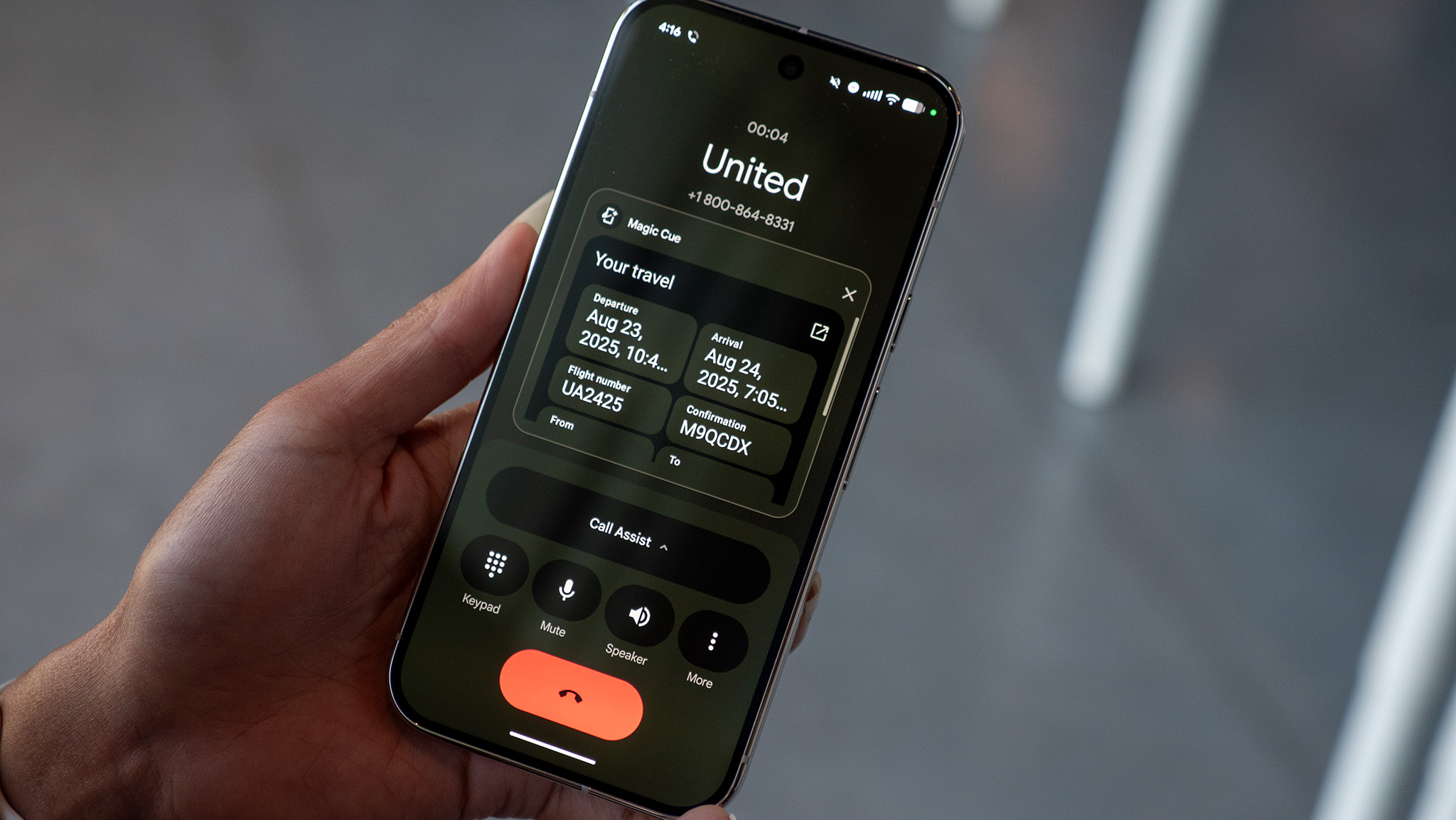I love living somewhere with distinct seasons — there's nothing like going outside in a t-shirt for the first time after a cold, unrelenting winter — but I envy people who can go outside year-round and find lush color wherever they go. It's not just that it's good for the soul, but it's better for reviewing phone cameras — the reds and blues of budding flower petals and the growing canopy of green tree leaves make for better backdrops than bare branches and cold, snowy sidewalks.
So it's kind of nice to be reviewing a phone, especially a phone this good, as the buds bloom and the sun shines stronger than it has in months. It's also really nice to be able to walk outside and take photos of that new life with a phone camera so good for its price it's almost hard to believe.
The phone I'm talking about is the Pixel 3a XL, Google's first sub-$500 phone since the Nexus 6P in 2015 and the first Pixel meant to compete directly with Chinese brands like Xiaomi, OPPO, Vivo, and others that are being rewarded for outfitting their products with top-of-the-line specs and accepting razor-thin margins. (There's also a smaller Pixel 3a, which costs $399, but I haven't had a chance to use it).
Google's aim with the Pixel 3a line is to recreate as much of the Pixel 3 experience as possible without undermining the brand, and it's done a pretty great job.
Google Pixel 3a + 3a XL Hardware & Specs
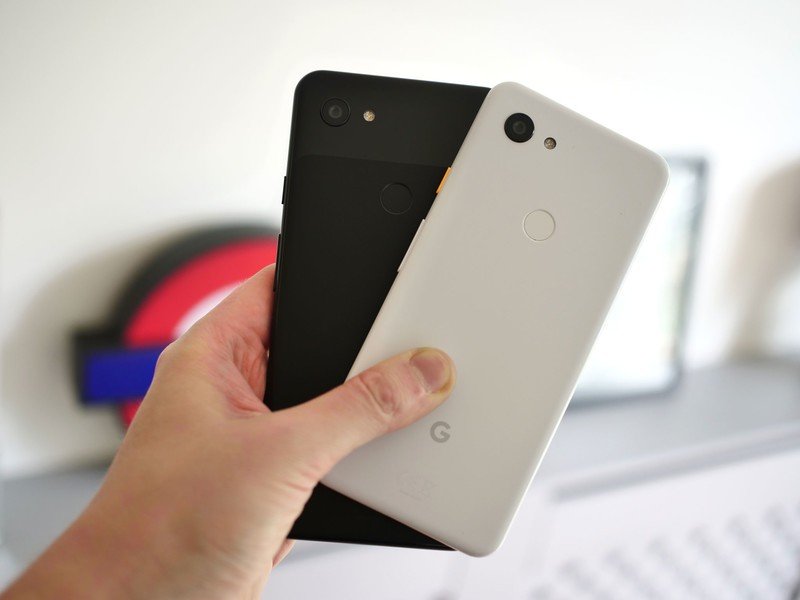
The Pixel 3a XL looks like what the Pixel 3 XL would have looked like if Google decided that it didn't want to emphasize screen size over aesthetics: its 6-inch OLED display has a symmetrical 18:9 aspect ratio and, technically, less real estate than its more expensive counterpart only because it lacks that phone's divisive (and ugly) notch.
The Pixel 3a looks like a Pixel 3. The Pixel 3a XL looks like a... Pixel 2 XL.
This makes the 3a XL look a lot more like the Pixel 2 XL, though its screen resolution is a more modest 1080p and it only has one front-facing speaker, not two. Thankfully, the 3a XL doesn't imitate the Pixel 2 XL's worst quality: its display. While less dense, this is otherwise a fantastic screen and you'll likely never notice a difference in resolution unless you have a QHD phone next to it. Warm, vibrant, and with surprisingly good viewing angles and touch response, this is one of the better 1080p OLED displays I've used.
Google's also outfitted the Pixel 3a XL with an all-plastic body, or what the company's calling "polycarbonate unibody," but it feels remarkably, almost eerily, like the Pixel 3's combination of aluminum and glass. This is Google's long game: it made the Pixel 3 (and the Pixel 2 before it) to feel unlike the traditional metal-and-glass phones you're used to, so it gets away with putting the same glossed sides and frosted back coating on its cheaper phone, too. You lose wireless charging on the 3a series, which is a shame, but despite being an overall taller and thicker phone, the Pixel 3a XL is 17 grams lighter than the 3 XL.
Get the latest news from Android Central, your trusted companion in the world of Android
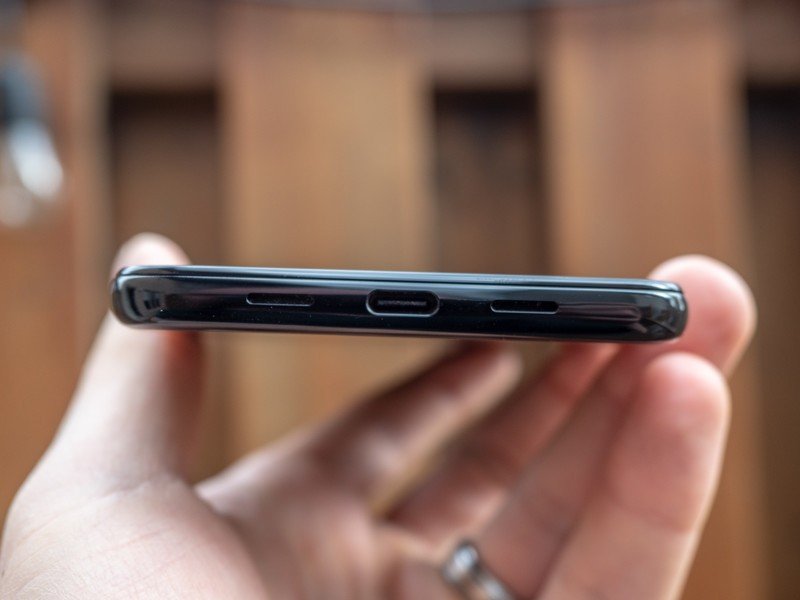
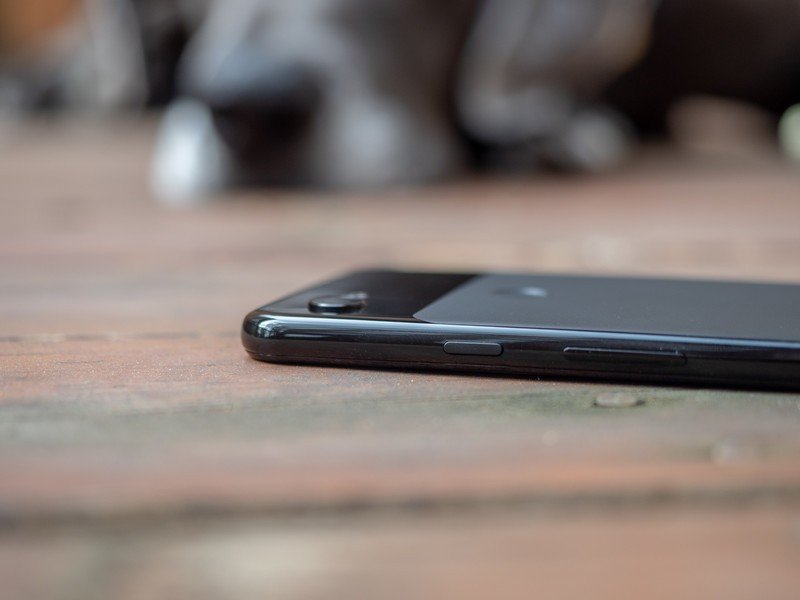
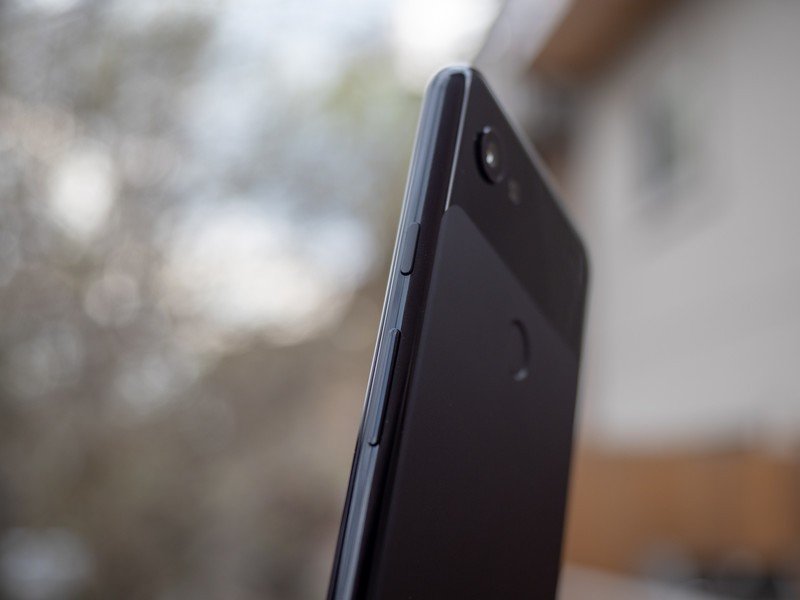
Google achieves this without compromising build quality — the chassis is solid, and the buttons are clicky — but it also included a 3700mAh battery in the Pixel 3a XL, an 8% increase over the 3 XL, and the largest ever found in a Pixel phone to date. Of course, it's not hard to find a well-built phone under $500 these days — look at anything from Xiaomi, OPPO, Honor, etc. — but I'm impressed that Google did all this with plastic, which generally holds up pretty well to wear over time, and doesn't suffer the same gouge-and-shatter fate as many all-glass phones.
One could make the argument that the Pixel 3a series' design is a bit boring, and you wouldn't be wrong — the restrained minimalism inherent to all of Google's Pixel products is still here, but the large bezels on the front and the asymmetrical camera placement, plus rear fingerprint sensor, on the back isn't striking.
Give me a reliable capacitive fingerprint sensor over an in-display sensor any day.
That rear fingerprint sensor remains the sole way to authenticate on the Pixel 3: you won't find facial recognition of any kind here, and Google's yet to make the move to in-display optical or ultrasonic sensors, which is a logical decision for a phone at this price point. It's incredibly fast, and refreshingly reliable, and I'm honestly going to miss it once I revert to a more expensive 2019 flagship like the Huawei P30 Pro or Galaxy S10.
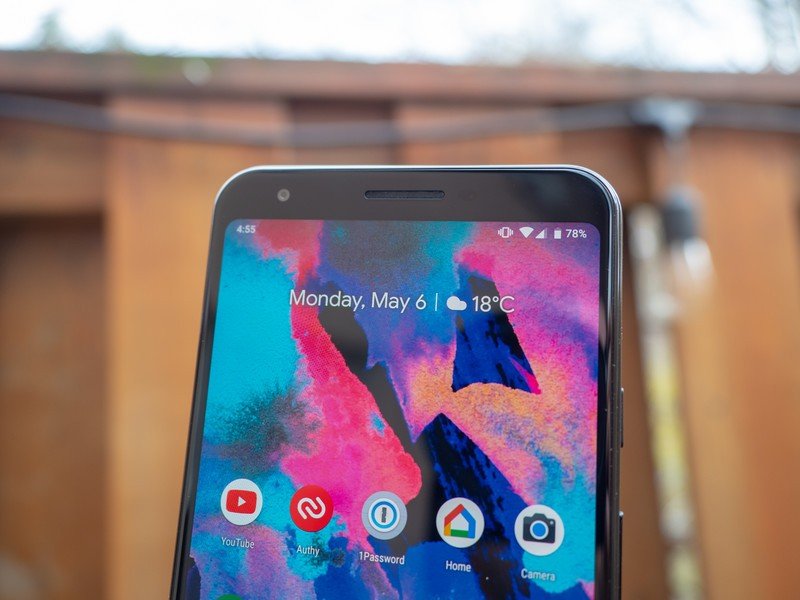
On the sound front, Google's maintained dual speakers, but the lower port no longer faces you: it's downward-facing, like most phones out there, while the phone's earpiece continues to play double duty. The speakers are still loud; they're now just fine instead of great, but I'm not complaining. There's also, almost inexplicably, a headphone jack on the top of the phone. It's a weird and wonderful addition, and one that may have been possible due to the phone's additional thickness over the Pixel 3 series, but it's more likely that Google just decided the regions this phone is being marketed to expect a headphone jack at this price point. Whatever the reason, I'm glad it's here. Unlike the Pixel 3, though, the 3a series doesn't have headphones in the box.
I mentioned you lose wireless charging, but you still have 18W fast wired charging, and Google includes its high-quality AC adapter and USB-C to C cable in the box, which is a plus. Google's also made sure to include the same high-quality vibration motor in here, so you're getting superb and precise haptics, easily the best on a sub-$500 phone.
Specs — Snapdragon 670, 4GB of RAM, and a lot of questions
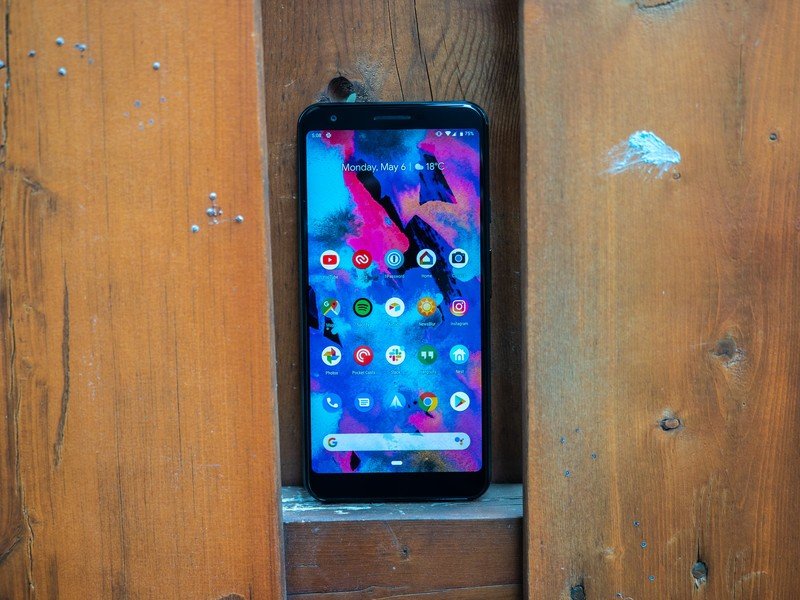
| Category | Pixel 3a | Pixel 3a XL |
|---|---|---|
| Display | 5.6-inch 2220 x 1080 OLED 18.5:9 | 6.0-inch 2160 x 1080 OLED 18:9 |
| Processor | Qualcomm Snapdragon 670 2.0GHz + 1.7GHz Octa-core | Qualcomm Snapdragon 670 2.0GHz + 1.7GHz Octa-core |
| RAM | 4GB LPDDR4 | 4GB LPDDR4 |
| Storage | 64GB | 64GB |
| Rear Camera | 12.2MP Dual-Pixel Sony IMX363 OIS + EIS f/1.8 aperture | 12.2MP Dual-Pixel Sony IMX363 OIS + EIS f/1.8 aperture |
| Front Camera | 8MP f/2.0 aperture | 8MP f/2.0 aperture |
| Battery | 3,000 mAh 18w fast charging | 3,700 mAh 18w fast charging |
| Dimensions | 151.3 x 70.1 x 8.2mm | 160.1 x 76.1 x 8.2mm |
| Weight | 147g | 167g |
Inside the chassis is where things get interesting. Google has opted for a Snapdragon 670 platform for its Pixel 3a line, and it's an interesting hybrid of a chip. It uses eight Kryo cores, much like the more expensive Snapdragon 8xx series, but only two of them are considered "Performance" cores, going up to a maximum of 2.0Ghz. The other six max at 1.7Ghz, and overall synthetic performance falls somewhere between the Snapdragon 820 and 835 for sheer power, at least from a CPU side.
But that's not telling the whole story. Modern Kryo cores are much more efficient than in previous generations, and when all eight cores are working together, this chip is pretty quick. The Adreno 615 GPU is also quite capable, delivering adequate performance in every graphics-intensive game and task I threw at it.
The rest of the chip is decidedly 2019 but for one exception. The Snapdragon 670 has a 2019-era Spectra image signal processor, so you can be sure photos from the Pixel 3a look as good as the Pixel 3, and the Hexagon DSP supports the same AI and machine learning frameworks as the more modern Snapdragon 855. The only major thing missing from the chip is support for gigabit LTE; this one maxes out at 600Mbps as it doesn't support 4x CA or 4x4 MIMO.
The Pixel 3a series also maxes at 4GB of RAM and 64GB of RAM, the former of which gets my hackles up. The regular Pixel 3 and 3 XL clearly suffer from insufficient RAM, which caused problems ranging from disappearing photos to slow app loading times. I've yet to have any of these experiences on the Pixel 3a XL — performance has been perfect so far — but it's still a bit worrisome given Pixel phones' predilections for slowing down over time.
The Camera
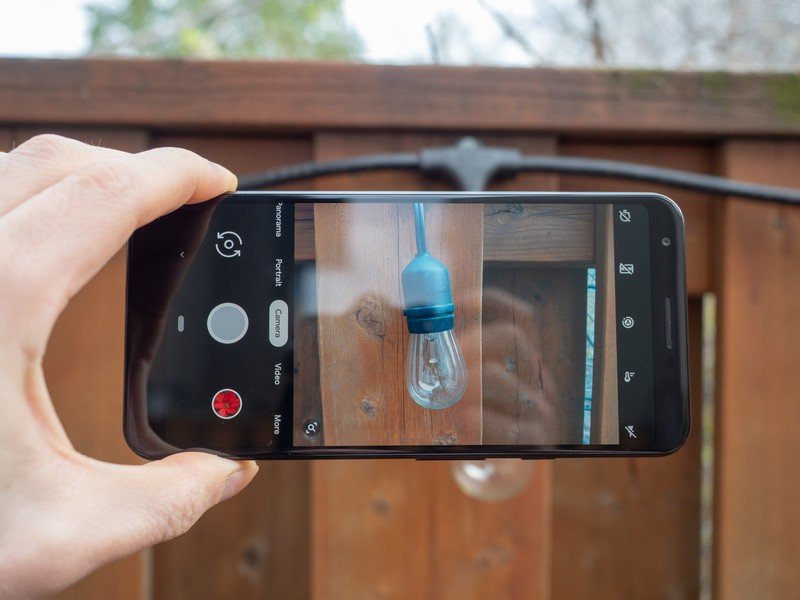
From what I can tell, the Pixel 3a series uses the same camera hardware as the Pixel 3, and despite processing differences, produces near-identical photos. Which is remarkable.
Both the 3a and 3a XL employ the same 12.2MP Sony IMX363 sensor as the Pixel 3, along with an f/1.8 aperture, optical and electronic stabilization, dual autofocus phase detection autofocus, and plenty of post-processing through Google's HDR+ algorithms. There are two omissions, though: the Pixel 3a series lacks a spectral/flicker sensor, which eliminates the banding found when taking photos or videos of backlit LEDs and helps with color accuracy; and it lacks Google's specialized Pixel Visual Core, which speeds up photo processing significantly.
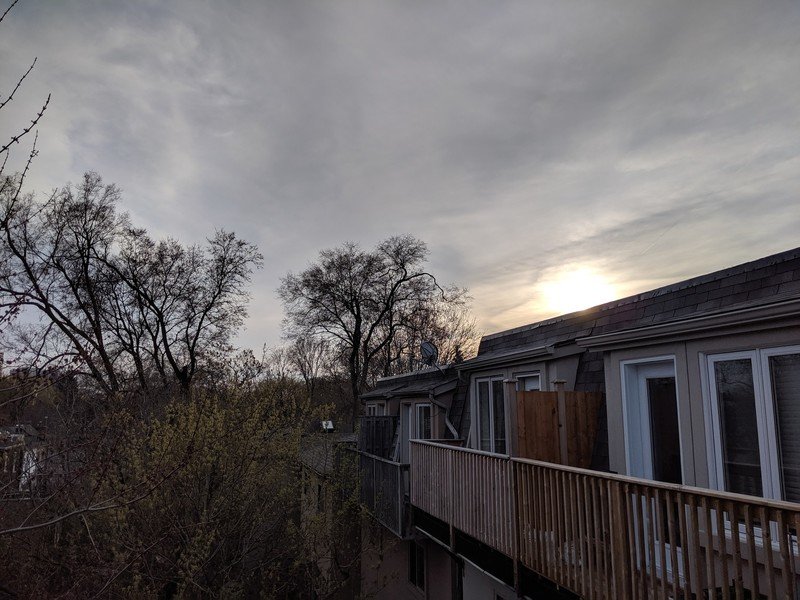
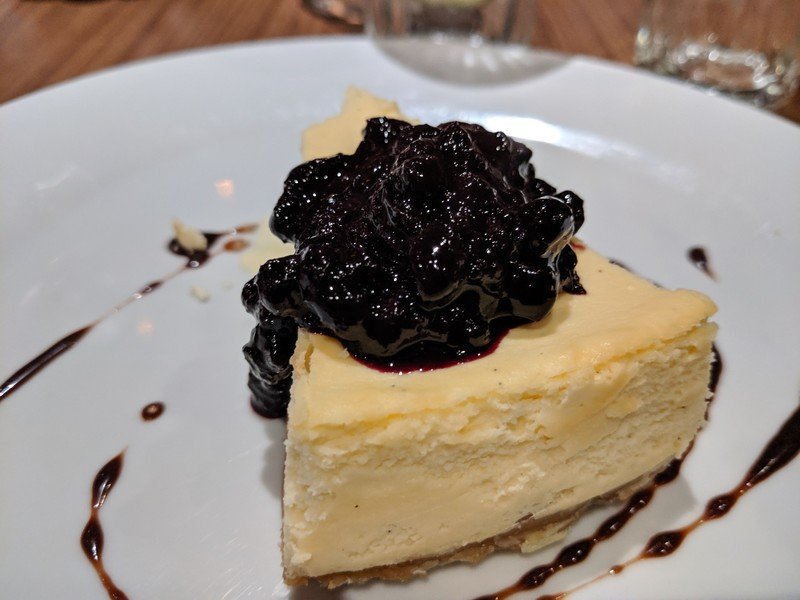
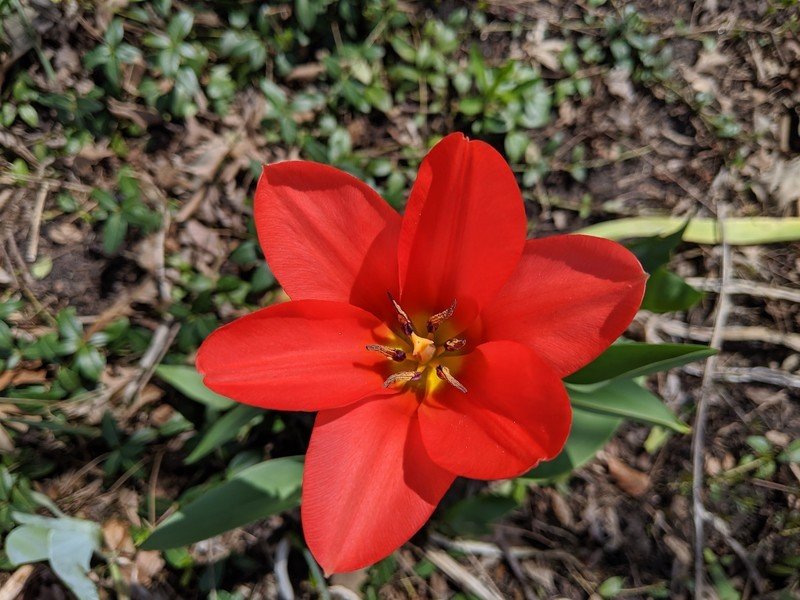

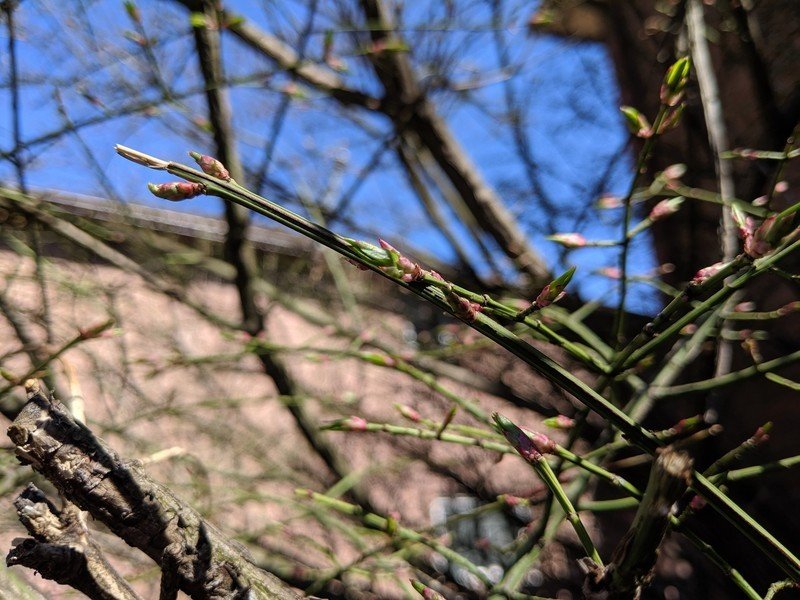
So here's the tl;dr on the camera: it's spectacular. You're getting the same quality of photos that you get on the Pixel 3 but for half the price. And it's not just the photo quality — Google's brought over every major feature from its more expensive phones, too, including Night Sight, Top Shot, Super Res Zoom, Motion Autofocus, and insanely good video stabilization.
It's also debuting a new feature on the Pixel 3a, which will come to other Pixel phones shortly: Timelapse. The feature sits in the same overflow menu as Night Sight, and it allows you to stick your phone somewhere and get time lapses of between 6fps and 30fps, compressing up to 20 minutes into 10 seconds of video.
Pixel 3a XL (left) | Pixel 3 (right)
Pixel 3a XL Night Sight (left) | Pixel 3 Night Sight (right)
What Google's accomplished here is nothing short of staggering, and proves that when most of the magic is done with software, you don't need ultra-powerful hardware or multiple sensors to produce great shots. I can only point to a single aspect of the rear camera experience that left me wanting: processing speed.
Pixel 3a XL (left) | Pixel 3a XL Night Sight (right)
The Snapdragon 670 is considerably slower than the S845 in the Pixel 3, and compounding the issue is the 3a's lack of Google's Pixel Visual Core, so HDR+ photos take about double the length to "complete" as they do on Google's phones. It doesn't stop you from taking many photos at once, but when switching to the gallery you'll see a lower-resolution placeholder until the numbers have finished crunching. It doesn't break the spell, but it certainly exposes the strings being pulled behind the scenes to make these incredible photos happen.
Things are a bit more different on the front of the phone. There's only a single 8MP selfie camera this time, and while it's of the same very high quality as the Pixel 3, there's no autofocus, so you'll have to be sure you're not too close to the camera. There's also no second wide-angle lens, which I missed more than I expected to, but it was likely an easy cost-cutting decision for Google to make.
My one reservation about the camera comes back to my concern about long-term performance on the phone itself, but so far the Pixel 3a XL has been reliable and consistent, opening the camera app quickly and taking photos reliably.
Software and updates
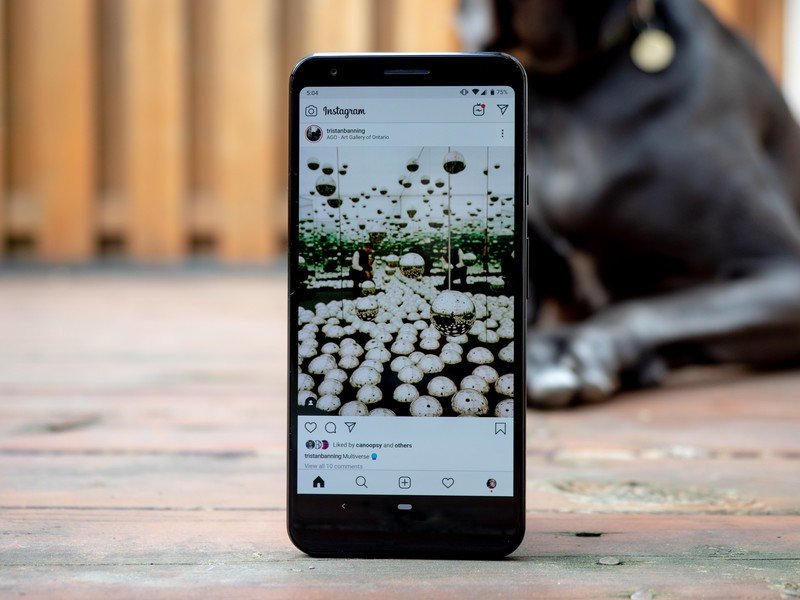
The Pixel 3a launches with Android Pie, and it's the same version you'll find on all other Pixel phones. It also runs identically, because Google's done a lot with this hardware. Still, if you're not a fan of Google's navigation gestures, or prefer something a bit more feature-rich, this software experience won't change your mind.
But it may be worth putting up with the Pixel's interpretation of Android if you want three years of platform updates and security patches; expect the Pixel 3a to be updated to at least Android S in 2021, and perhaps Android T in 2022 depending on how generous Google is feeling. That's a pretty important distinction from the rest of the industry — plus Google's reliable monthly security patches add some more confidence to the whole affair.
Bottom line — Who is this for?

At $479 the Pixel 3a XL feels like a bit of a bargain. If you're into smaller phones, the $399 Pixel 3a is even more so. These phones have maintained most of what makes the Pixel 3 series among the most enjoyable phones to use, and in my week-long testing, I've noticed none of the performance hiccups that sullied some of that luster.
I miss wireless charging, and the lack of waterproofing is a bit of a bummer, but otherwise the biggest compliment I can give to the Pixel 3a series is that it using it on a day-to-day basis is practically indistinguishable from the Pixel 3. That may be its biggest curse, too, but at under $500 people are likely to be a lot more forgiving.
4 out of 5
Releasing the Pixel 3a lineup halfway through its flagships' product cycle appears like a strange move, but Google admitted during its recent quarterly earnings that it's not selling as many Pixel 3s as it would like; the high-end phone market is seriously competitive. So where is the remaining growth opportunity? In markets where the Pixel either doesn't yet sell, or is too expensive. Places like India, Latin America and parts of Europe where the Pixel brand doesn't hold sway. By introducing a sub-$500 phone to those regions that promises to offer the best camera you can buy, plus three years of platform updates and security patches, feels like a pretty shrewd move. We'll just have to see if it pays off.
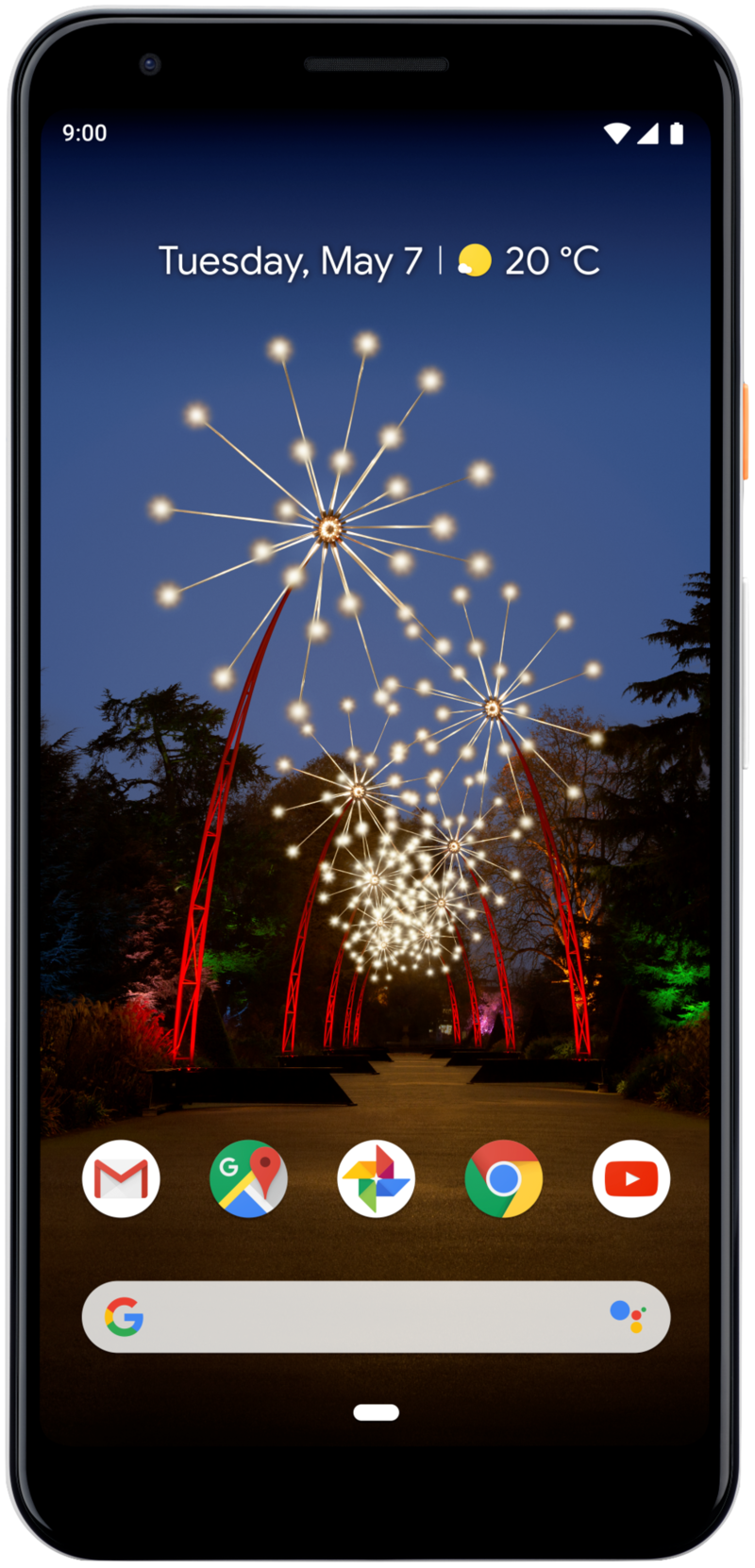
A remarkable mid-ranger from Google
If you've been dying to get your hands on a Pixel 3 XL but can't justify its $800 starting price, the Pixel 3a XL was made just for you. It has the same camera found on the Pixel 3, Android Pie out of the box, and it's guaranteed to get software updates for three years.

Daniel Bader was a former Android Central Editor-in-Chief and Executive Editor for iMore and Windows Central.
